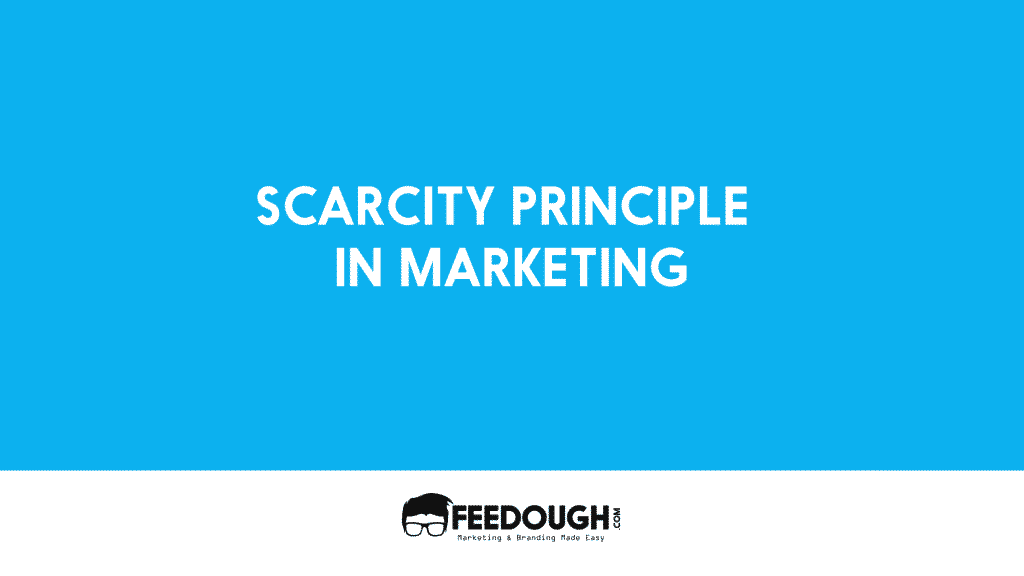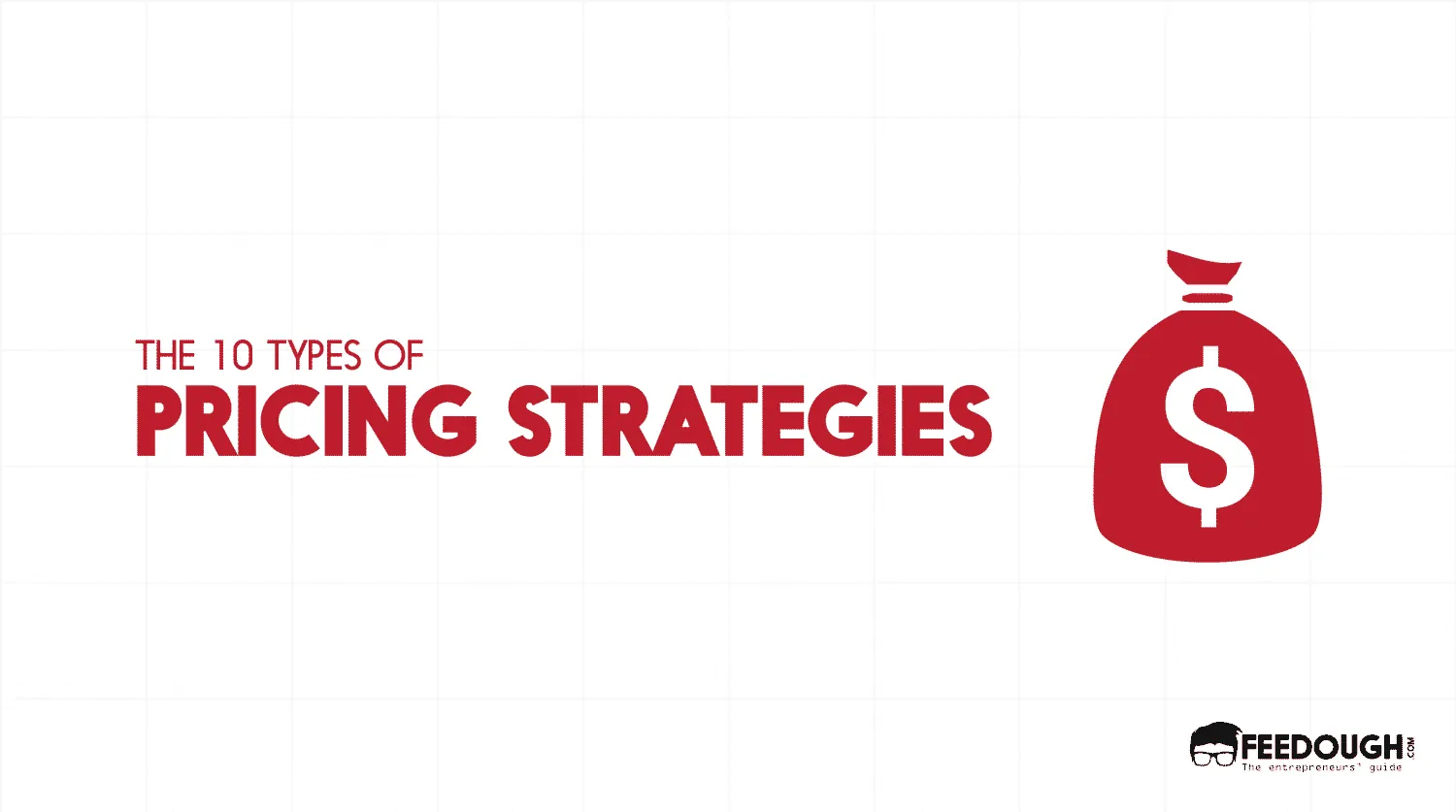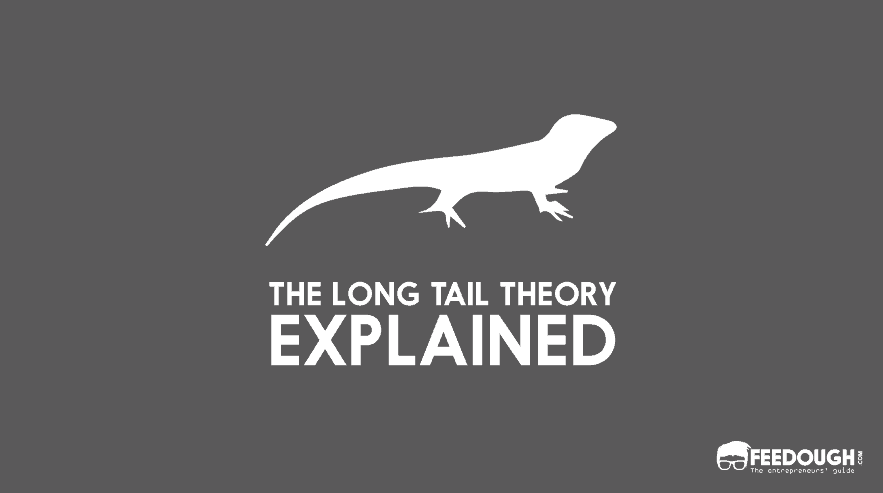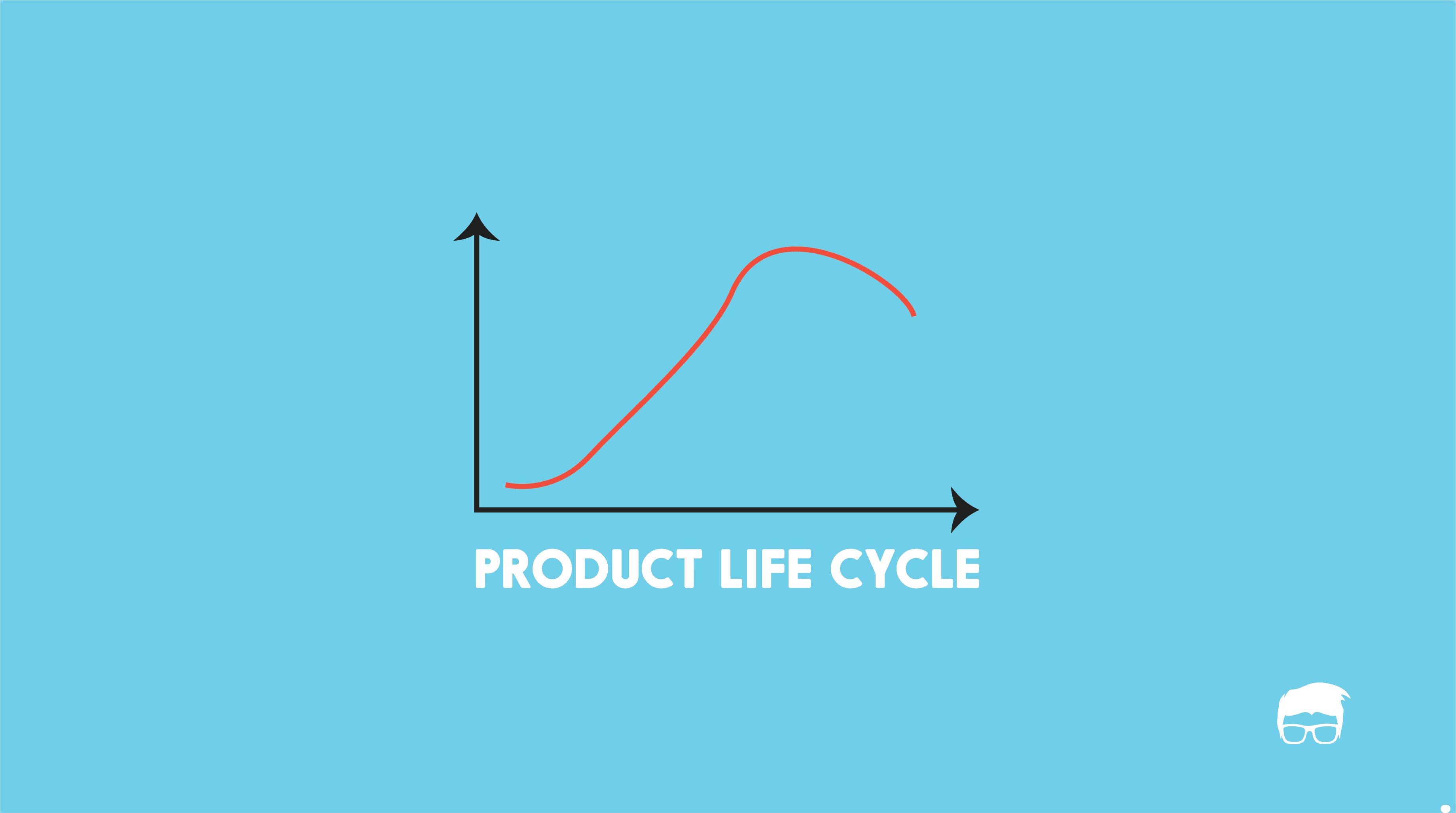The economy runs on the principles of demand and supply. This condition has placed itself permanently in the minds of the customers and sellers. But this situation can also be capitalized by the marketers where they use scarcity principle of marketing to increase the demand of the goods by decreasing their supply.
The scarcity principle of the pricing theory states that the price of a scarce good should rise until an equilibrium is reached between supply and demand. However, it operates a bit differently in marketing theory where the supply of a good is strategically controlled to control its demand and the price.
What Is Scarcity Principle In Marketing?
Scarcity principle in marketing works more like scarcity in the area of social psychology than in the area of economics. According to this principle, humans consider a scarce object more valuable than the one which is in abundance. Scarcity creates a sense of urgency and evoke people to act immediately.
This psychological outcome of scarcity is often capitalized by marketers to increase the demand of their products. They use terms like – flash sale, sale for limited users, till stock lasts, etc. to trigger demand among the customers.
Breaking Down ‘Scarcity Principle’
Scarcity principle make customers conduct their own cost-benefit analysis as the product is in limited quantities. But the actual exchange takes place only if the customer feels that the utility he’s getting at that moment is greater than that which he’ll get if he purchases the same product later.
There are two social psychology principles which give rise to scarcity –
Social Proof – Sometimes, people assume surrounding people to possess more knowledge about the situation than themselves. This is often seen in the cases where product runs out of stock very quickly. This makes a customer thinks that the product being sold is indeed a quality product.
Commitment – If someone has already committed themselves to something and find out that they cannot have it, it makes the person want the item more.
Scarcity Techniques
Out of stock
Out of stock technique is a perfect example of social proof psychology principle. If an article runs out of stock frequently, it makes customers think that the product is popular among others and must be of good quality.
Flash Sales
A flash sale is a sale of goods at greatly reduced prices, lasting for only a short period of time. The products may be available at the same price / negligible difference after the sale as well, but the term flash sale creates a state of urgency in the mind of the customers and triggers them to conduct an exchange. The tendency is often referred to as the fear of missing out which is a pervasive apprehension that others might be having rewarding experiences from which one is absent.

Many marketers partner with e-commerce platforms to sell their products on special timings. This usually creates a state of urgency in the mind of customers and many buy it not because of their necessity but because of feeling of superiority over others who couldn’t buy it.
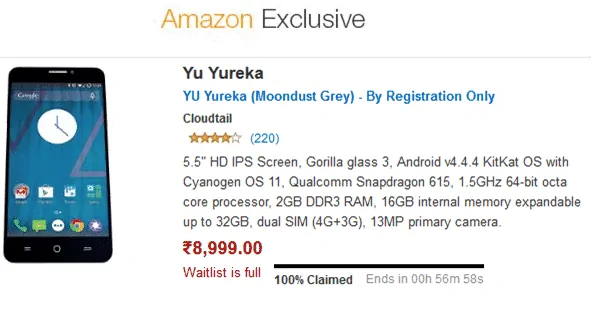
A perfect example of Flash Sale is the Black Friday Sale, which sees an average american spending way more than he usually do.
Number of products left
Customers get triggered to conduct a purchase immediately when they see a limited number of products left in stock. This technique is often used in applications and websites which involves booking of hotels, movies, events, etc.
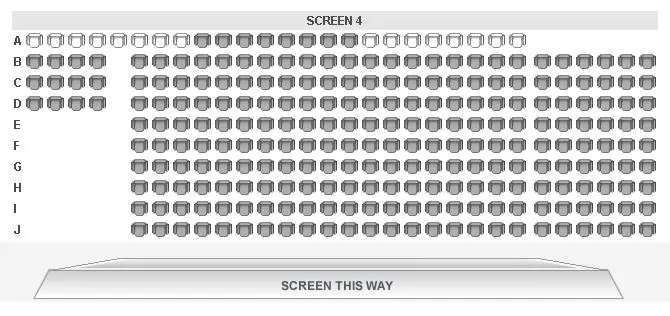
For limited users
Sometimes marketers launch special offers for limited users. This create a sense of superiority among those who get and a sense of longing for those who don’t.
Marketers also combine this type of offer with other products. Some special offers are provided to exclusive club members or buyers of specific products which turn out to be a win win situation for the marketers.
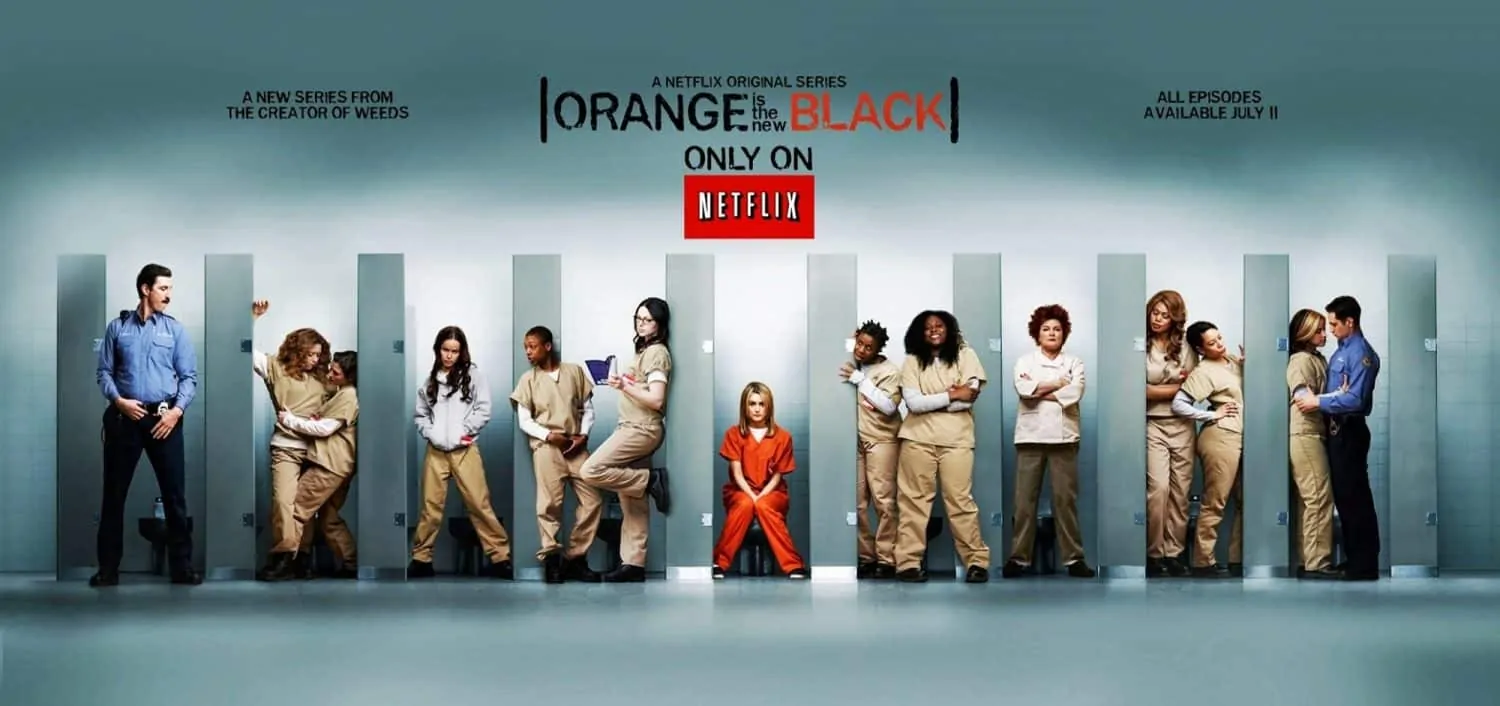
Use it or lose it.
Some companies market their product in such a way that their mere non existence turns out to be a scarcity in people’s life. One of such example is that of an iPhone. Iphone 4 was marketed with a tagline – “If you don’t have an Iphone, well, you don’t have an iPhone. This is one of the best marketing campaigns by apple till now.
Diamond marketing – A Perfect Example Of Scarcity Principle
Diamonds are not (and never were) rare stones, they are just expensive. The sole responsibility of making them one of the best examples of scarcity principle used in marketing goes to De Beers. De beers was a cartel which used to control majority of the production and distribution of diamonds all over the world. They limited the supply of these stones, and through their marketing campaign – A diamond is forever, were able to increase it’s demand. This led to increase in the price of these semi precious stones which can be seen till now.
A startup consultant, digital marketer, traveller, and philomath. Aashish has worked with over 20 startups and successfully helped them ideate, raise money, and succeed. When not working, he can be found hiking, camping, and stargazing.
